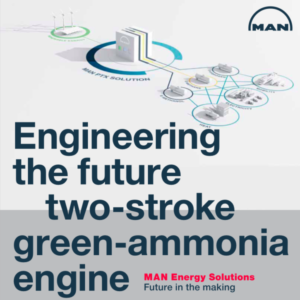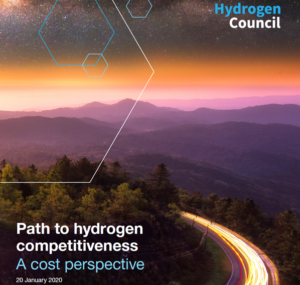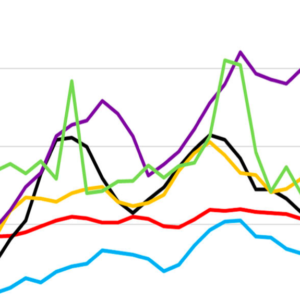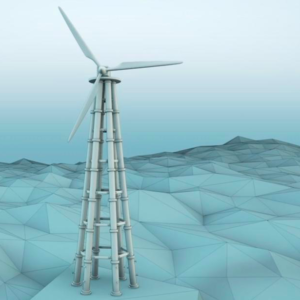Europe
MAN ammonia engine update
In November 2019, MAN ES published a technical paper describing the design and performance of its two-stroke green-ammonia engine. The paper also quietly announces the intentions of MAN ES to exploit ammonia energy technologies in a new business case, Power-to-X (PtX, "the carbon-neutral energy storage and sector coupling technology of the future"). In other words, MAN is moving into green ammonia fuel production.
Viking Energy to be retrofit for ammonia fuel in 2024
This morning, it was announced that the "Viking Energy," a supply vessel for Equinor's offshore operations, will be modified to run on a 2 MW direct ammonia fuel cell. This will be a five year project: the technology will be scaled-up on land before being installed on the vessel, which will begin a year of GHG emission-free operations in 2024. The Norwegian partners leading this "world's first" project include shipowner Eidesvik, contractor Equinor, and ammonia producer Yara, as well as Wärtsilä (Wärtsilä Norway), responsible for power technology and ammonia storage and distribution systems, and Prototech, delivering the fuel cell system.
Hydrogen Council Releases Landmark Report
The Hydrogen Council this week released Path to hydrogen competitiveness: A cost perspective. The report carries some big news. Low-carbon hydrogen can become much more cost-competitive, much more quickly, than is generally appreciated.
Green Ammonia Consortium: A Force for Ammonia Energy
Japan’s Green Ammonia Consortium, an industry body dedicated to building “a value chain from supply to use of CO2-free ammonia,” launched its Web site on December 5. The site features plenty of interesting content, but most significant may be the roster of members. Eighty seven companies, public organizations, and individuals are listed. Taken together they represent a significant force for ammonia energy implementation in Japan and beyond.
The cost of hydrogen: Platts launches Hydrogen Price Assessment
What does hydrogen really cost? Apparently, there's now a good answer to this question. $0.7955 per kg. This is according to the new daily hydrogen price assessment launched yesterday by Platts. Price assessments like this are invaluable for thriving markets, supporting transparency and developing into the benchmarks and indexes that underpin investments, trade, and regulations. This is a welcome innovation from the universe of financial product development. It will be interesting to see how Platts's hydrogen prices evolve, in terms of the cost structure of hydrogen production, of course, but also from the perspective of ammonia energy. If the purpose is to support commodity trading, these price assessments must eventually expand to include hydrogen carriers — molecules, like ammonia, that can be stored and transported more economically than hydrogen itself — in other words, commoditized hydrogen.
Arranged launches DualTower website, expands to DualSolar
MEMBER NEWS: AEA Member Arranged BVBA has launched a new website for its green ammonia concept, the DualTower. The new site discloses a series of updates on the technology since we first wrote about this project in early 2018, and it also expands the concept in a new direction, introducing the DualSolar.







